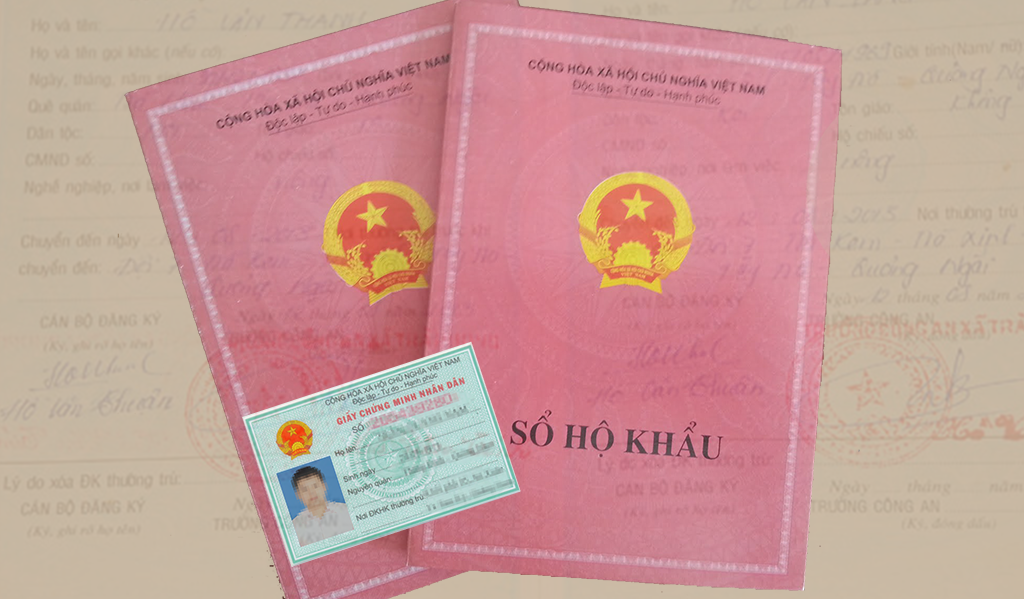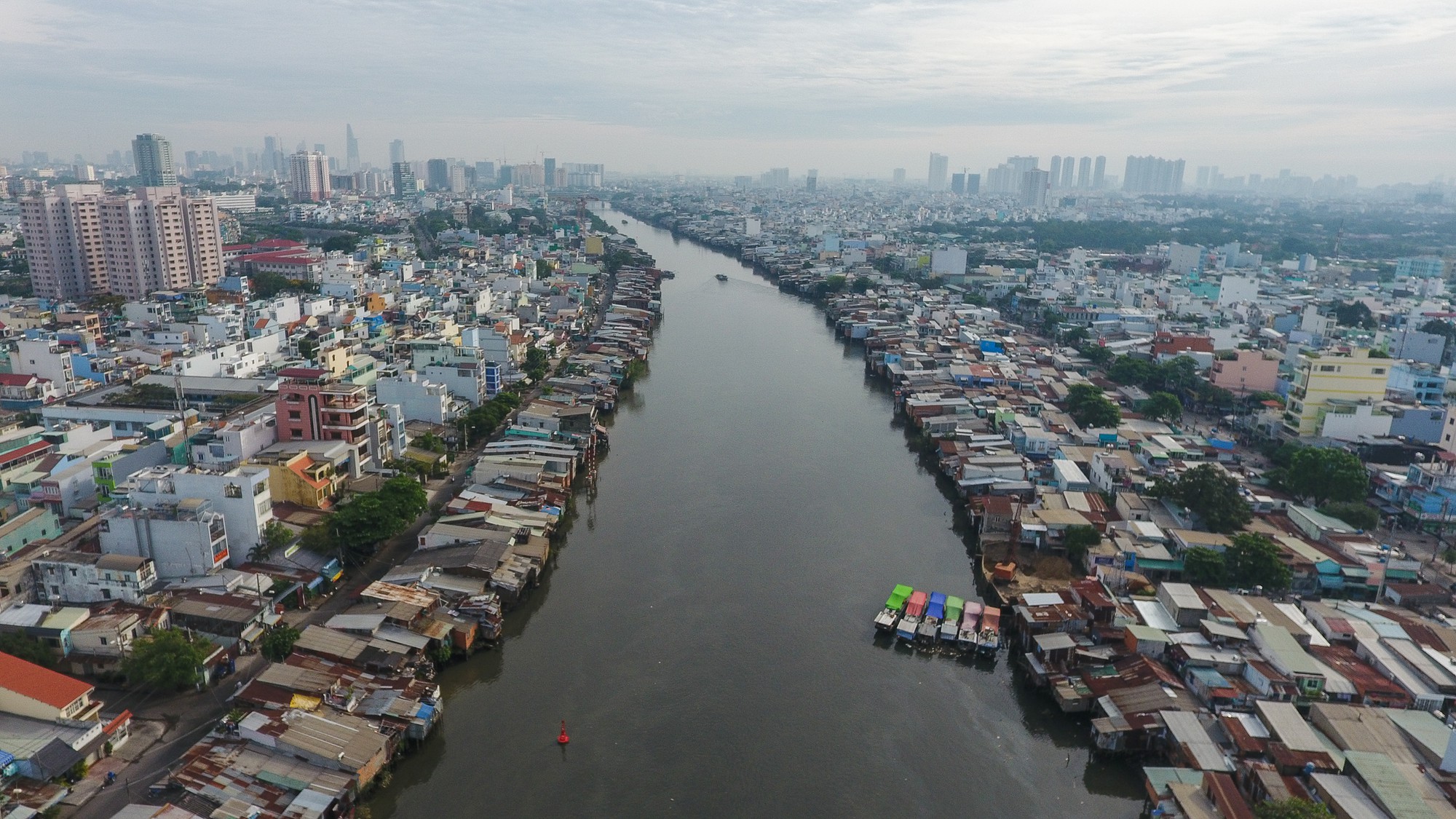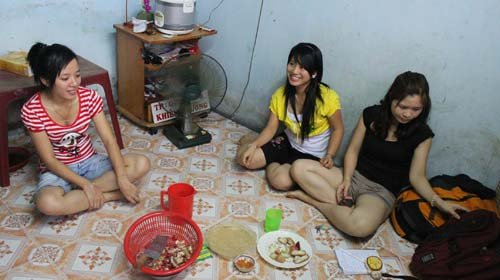Ho Chi Minh City’s Department of Construction has made a controversial proposal to raise the minimum living space required for internal migrants to register as permanent residents by four times.
The proposed plan, aimed at relieving pressure from the city’s social and technical infrastructure, has been met with criticism from social experts who see little benefit from the new requirement.
According to Vietnam’s law on residency, citizens who want to register as permanent residents in a municipality must have a legal place of residence in the destination city and have been a temporary resident there for at least one year.
A legal place of residence can be either their own property or a rent one.
In the latter case, one applicant must obtain written permission from the house owners that they agree to have him or her register as a permanent resident in their residence book.
The application is only approved if that applicant has a minimum living space of five square meters in the house.
The municipal construction department has proposed increasing the required minimum living space by four times to 20 square meters per person.
 |
| Two Vietnamese residence books and a national ID card are seen in this file Tuoi Tre photo. |
Residence books, which tie a person to a permanent address, are issued to the house owner and contain information of all permanent residents who stay at the same address.
Having one’s name in a residence book in a major city like Ho Chi Minh City is a goal for many ‘undocumented migrants’ in Vietnam, as it allows them to enroll their children into local public schools, applying for certain jobs, enjoying welfare benefits and performing a range of administrative procedures.
The move by Ho Chi Minh City authorities has been viewed as a setback, considering the Vietnamese government already made a landmark decision last year to part with residence books in an effort to streamline administrative procedures and citizens’ documents.
 |
| An aerial view of Ho Chi Minh City. Photo: Tuoi Tre |
The construction department has argued that the hike in internal migrants to the southern metropolis, while boosting its economy, has placed tremendous pressure on the city’s social and technical infrastructure.
The new living space requirement could solve problems including traffic congestion, pollution and overpopulation, it explained.
However, experts have pointed out that the proposed plan would do little to help elevate these problems Ho Chi Minh City is facing, as the internal migrants are still here to stay and work whether they are permanent residents or not.
“Resorting to living space conditions as a tool for residency management reflects an outdated mindset,” Assoc. Prof. Dr. Nguyen Ngoc Dien, vice rector of the University of Economics and Law in Ho Chi Minh City.
“Instead, authorities should start viewing social problems from an economic perspective and use economic drives to redirect the flow of migrants elsewhere.”
Like us on Facebook or follow us on Twitter to get the latest news about Vietnam!






















































